SCIENCE
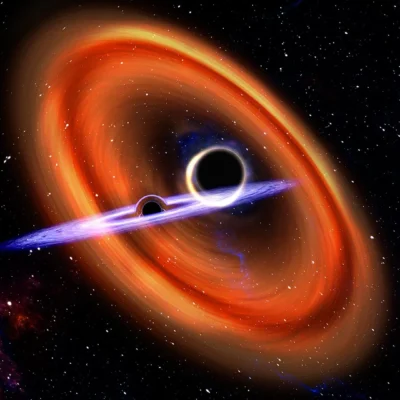
Twin black hole collisions put Einstein’s general relativity to its most extreme test
- By Neclink.com
- . October 30, 2025
Two colossal black hole collisions, detected just a month apart in late 2024, are reshaping how scientists interpret the most extreme cosmic events in the

New quantum network could finally reveal dark matter
- By Neclink.com
- . October 29, 2025
Detecting dark matter, the invisible substance thought to keep galaxies intact, remains one of the most enduring mysteries in physics. Although it cannot be directly
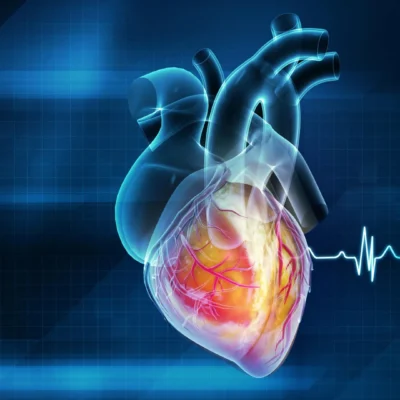
This easy daily habit cuts heart risk by two thirds
- By Neclink.com
- . October 28, 2025
People who walk for 10-15 minutes at a time can reduce their risk of cardiovascular disease by up to two thirds compared to those who

Weight-loss drugs like Ozempic may also curb drug and alcohol addiction
- By Neclink.com
- . October 27, 2025
A promising group of medications already used to treat diabetes and obesity may also hold potential for tackling alcohol and drug addiction, according to a

Scientists say this simple diet change can improve sleep fast
- By Neclink.com
- . October 26, 2025
From counting sheep to trying white noise or using weighted blankets, people have explored countless ways to improve their sleep. Poor sleep, however, continues to
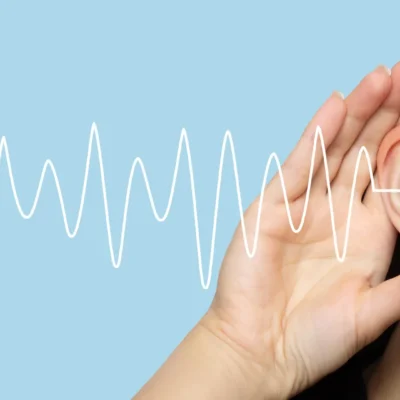
Scientists discover a hidden gene mutation that causes deafness—and a way to fix it
- By Neclink.com
- . October 25, 2025
Mutations in a gene called CPD have been found to play a key role in a rare inherited form of hearing loss, according to an

Scientists reversed brain aging and memory loss in mice
- By Neclink.com
- . October 24, 2025
Scientists at Cedars-Sinai have developed “young” immune cells from human stem cells that reversed signs of aging and Alzheimer’s disease in the brains of laboratory
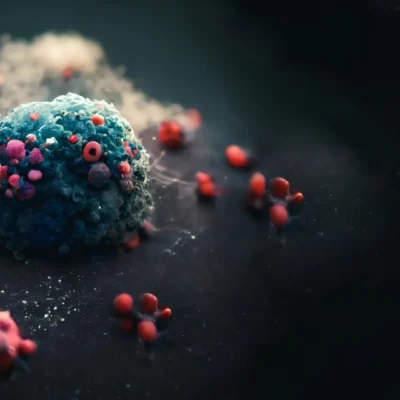
They found cancer’s hidden power hubs and learned how to melt them away
- By Neclink.com
- . October 23, 2025
In cities, coworking spaces bring people together to collaborate and innovate. Inside cancer cells, a similar concept plays out — but with deadly consequences. Scientists
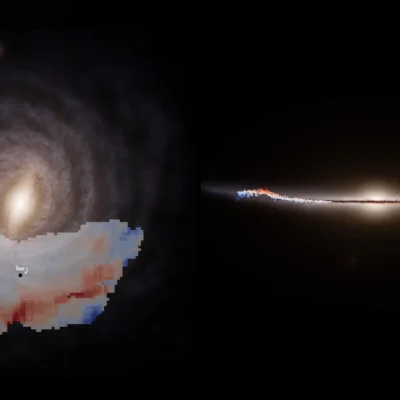
A giant wave is rippling through the Milky Way, and scientists don’t know why
- By Neclink.com
- . October 22, 2025
Our Milky Way is constantly in motion: it spins, it tilts, and, as new observations reveal, it ripples. Data collected by the European Space Agency’s
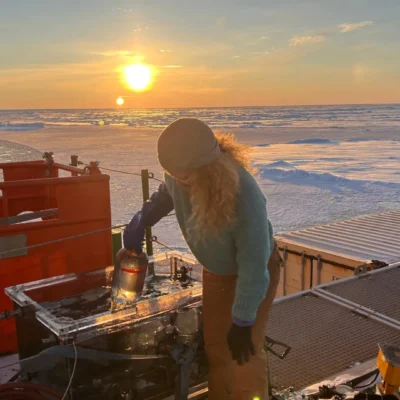
Scientists just found hidden life thriving beneath the Arctic ice
- By Neclink.com
- . October 21, 2025
The rapid loss of sea ice in the Arctic Ocean is often seen as an environmental catastrophe. Yet researchers have found that the same melting
